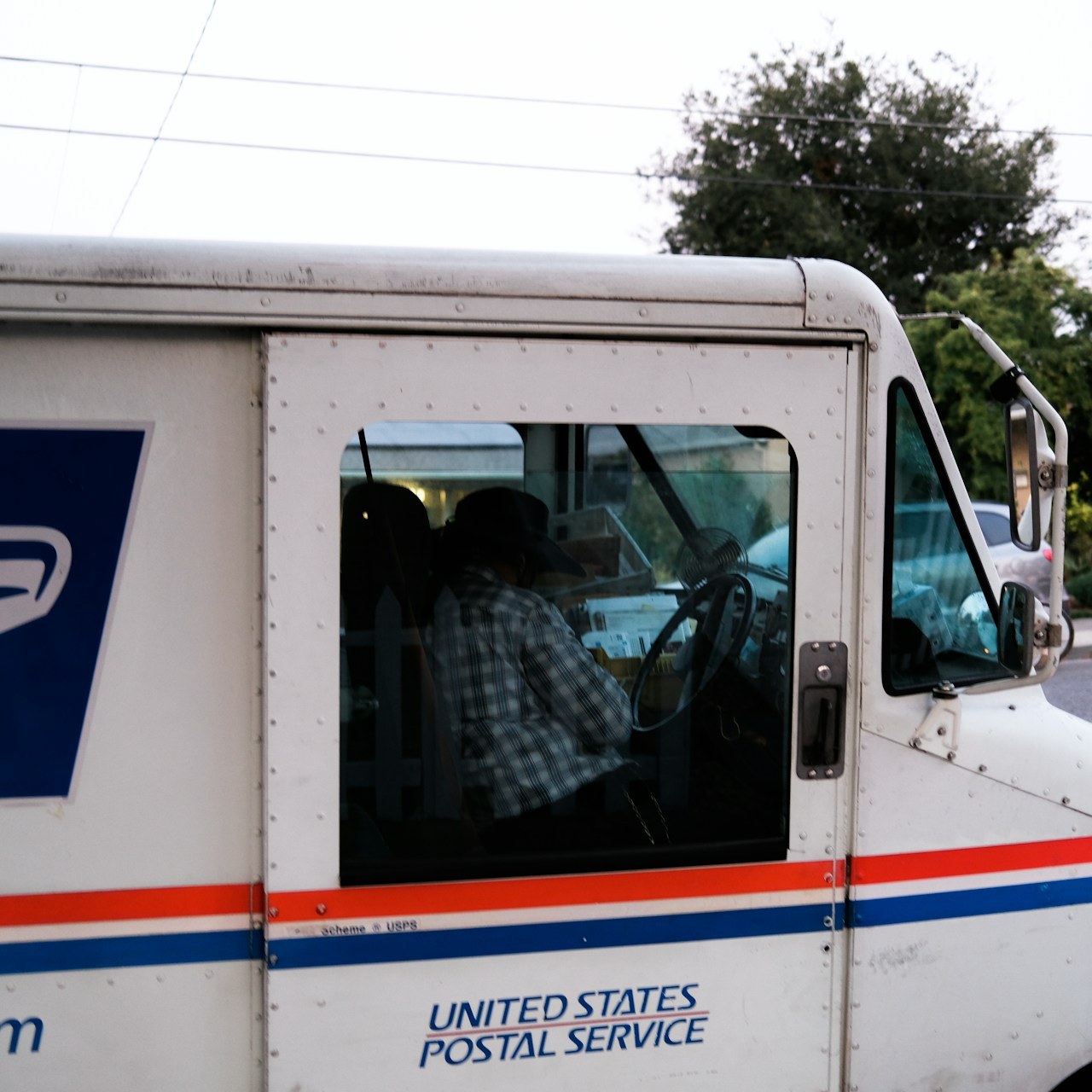Key Takeaways
-
Choosing the right PSHB plan requires balancing your family’s healthcare needs with your budget, focusing on factors like premiums, deductibles, and coverage options.
-
Understanding PSHB plan features like coinsurance, copayments, and out-of-pocket maximums can help you make an informed decision during enrollment periods.
Why PSHB Coverage Matters for Postal Service Families
Your health coverage is more than just a policy; it’s a safety net for you and your loved ones. The Postal Service Health Benefits (PSHB) Program is designed to provide postal workers and retirees with tailored healthcare options that balance affordability with comprehensive care. Whether you’re enrolling for the first time or reviewing your current plan, understanding the PSHB options can make a significant difference in your family’s healthcare experience.
The 2025 plan year brings some updates to the PSHB program, so now is the perfect time to ensure your coverage aligns with your needs. From premium costs to coverage limits, there’s plenty to consider before making your choice.
Breaking Down PSHB Plan Types
PSHB offers several plan types to meet the diverse needs of postal employees and their families. Each type comes with unique features, so understanding the differences can help you narrow down your options.
1. High-Deductible Health Plans (HDHPs)
HDHPs typically have lower monthly premiums but higher deductibles. These plans are ideal if you and your family are generally healthy and don’t expect significant medical expenses. Plus, HDHPs are often compatible with Health Savings Accounts (HSAs), which let you save pre-tax dollars for qualified medical expenses.
2. Low-Deductible Plans
Low-deductible plans, while having higher premiums, provide more predictable out-of-pocket costs. These plans work well for families who anticipate regular medical visits, ongoing prescriptions, or specialized care.
3. Fee-for-Service (FFS) Plans
FFS plans allow you to visit any healthcare provider that accepts the plan’s terms. They typically include a mix of coinsurance and copayments and are suitable for individuals who value provider flexibility.
4. Health Maintenance Organization (HMO) Plans
HMOs require you to use a network of doctors and facilities to receive coverage. These plans often have lower costs but come with stricter rules regarding provider selection and referrals for specialists.
What to Consider When Choosing a PSHB Plan
Selecting the right plan means carefully evaluating your family’s needs. Here are some essential factors to weigh:
1. Monthly Premiums vs. Out-of-Pocket Costs
Your monthly premium is just one part of the total cost. High premiums usually mean lower deductibles and out-of-pocket maximums, while lower premiums often come with higher out-of-pocket expenses. Determine what balance works best for your budget and expected healthcare usage.
2. Coverage for Specific Services
Ensure the plan you choose covers essential services your family may need, such as maternity care, pediatric services, or mental health support. Some plans offer enhanced coverage for dental, vision, and hearing benefits, which can be crucial for families with specific needs.
3. Provider Network
If you have a preferred doctor or healthcare facility, check whether they’re included in the plan’s network. Out-of-network services can significantly increase your costs.
4. Prescription Drug Coverage
Prescription costs can add up quickly, especially if you or your family members rely on regular medications. Look for plans with reasonable copayments or coinsurance rates for the medications you need.
5. Family Size and Health Needs
Larger families or families with chronic health conditions often benefit from plans with lower out-of-pocket maximums and comprehensive coverage. Make sure to account for the healthcare needs of all covered individuals.
Important Features of PSHB Plans
PSHB plans share some common features, but the specifics can vary by plan. Here’s what to keep an eye on:
1. Coinsurance
Coinsurance is the percentage of medical costs you’re responsible for after meeting your deductible. For example, if your plan has a 20% coinsurance rate, you’ll pay 20% of covered expenses, while the plan covers the rest.
2. Copayments
A copayment is a fixed amount you pay for certain services, such as $30 for a primary care visit. Copayments are often more predictable and easier to budget than coinsurance.
3. Deductibles
This is the amount you pay out of pocket before your plan starts covering services. Plans with higher deductibles usually have lower premiums, while lower deductibles come with higher premiums.
4. Out-of-Pocket Maximums
The out-of-pocket maximum is the most you’ll pay in a plan year for covered services. Once you hit this limit, the plan covers 100% of additional expenses. For 2025, PSHB out-of-pocket maximums range from $7,500 for Self Only plans to $15,000 for Self Plus One and Self & Family plans.
How to Enroll or Make Changes
Enrollment for PSHB plans typically occurs during Open Season, which runs from mid-November to mid-December each year. Outside of Open Season, you can only make changes during a Qualifying Life Event (QLE), such as marriage, divorce, or the birth of a child.
To enroll or switch plans:
-
Review the PSHB plan brochures available on the OPM website.
-
Compare premiums, deductibles, and coverage options.
-
Use available online tools to estimate costs based on your family’s healthcare needs.
-
Submit your enrollment or changes through your employer’s portal or the OPM system.
Maximizing Your PSHB Benefits
Once you’ve chosen your plan, make the most of its features to ensure your family’s healthcare needs are met:
1. Stay In-Network
Using in-network providers can save you significant money, as out-of-network services often come with higher coinsurance or copayments.
2. Use Preventive Services
Most PSHB plans cover preventive services like annual checkups, immunizations, and screenings at no additional cost. Taking advantage of these services can help catch potential health issues early.
3. Keep Track of Costs
Monitor your healthcare expenses throughout the year to avoid surprises. This is especially important as you approach your deductible or out-of-pocket maximum.
4. Explore Wellness Programs
Many PSHB plans include wellness programs offering incentives for healthy behaviors, such as completing a health assessment or participating in fitness activities.
Tips for Budgeting Healthcare Costs
Healthcare expenses can be unpredictable, but a little planning can go a long way. Here’s how to budget effectively:
1. Save for Unexpected Costs
Set aside money each month for unexpected medical bills. This can help you cover expenses like emergency room visits or specialist consultations without disrupting your budget.
2. Utilize Flexible Spending Accounts (FSAs)
If your plan is compatible with an FSA, use it to save on eligible medical expenses. Contributions are pre-tax, reducing your taxable income.
3. Plan for Prescriptions
Estimate your yearly prescription costs and include them in your healthcare budget. Look for ways to save, such as generic options or mail-order pharmacies.
4. Review Your Plan Annually
Your healthcare needs and financial situation can change, so it’s essential to review your plan every year during Open Season. This ensures you’re always in the best plan for your circumstances.
Ensuring Peace of Mind Through the Right Coverage
Choosing the right PSHB plan isn’t just about numbers—it’s about ensuring your family’s health and financial well-being. By understanding the available options, evaluating your needs, and making informed decisions, you can secure a plan that provides both care and confidence. Take the time to explore your options and enroll in a plan that works for you.











